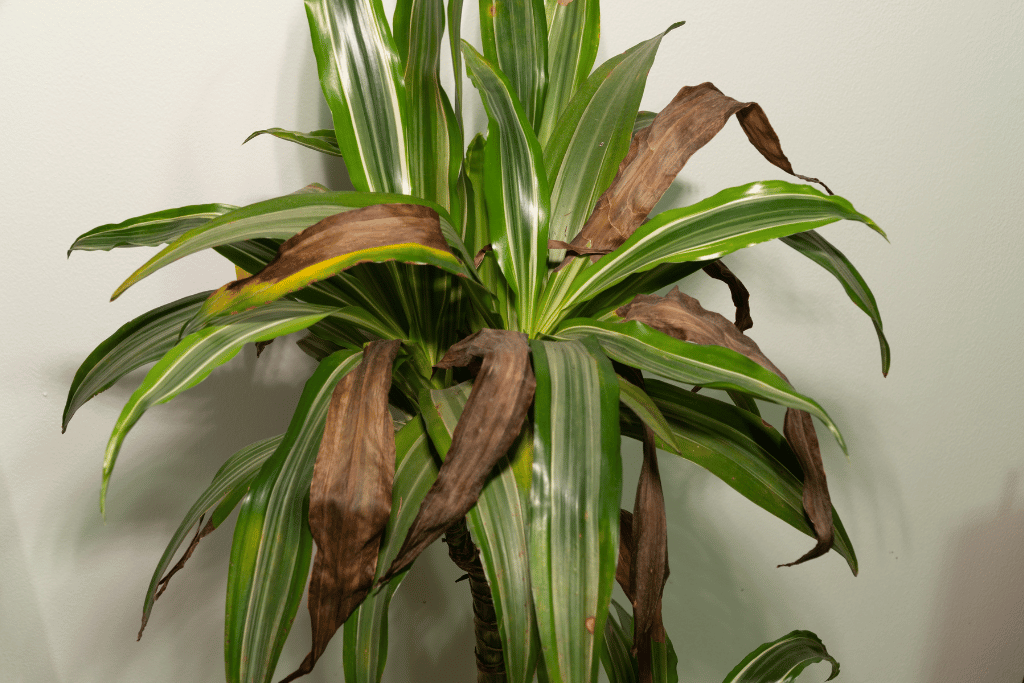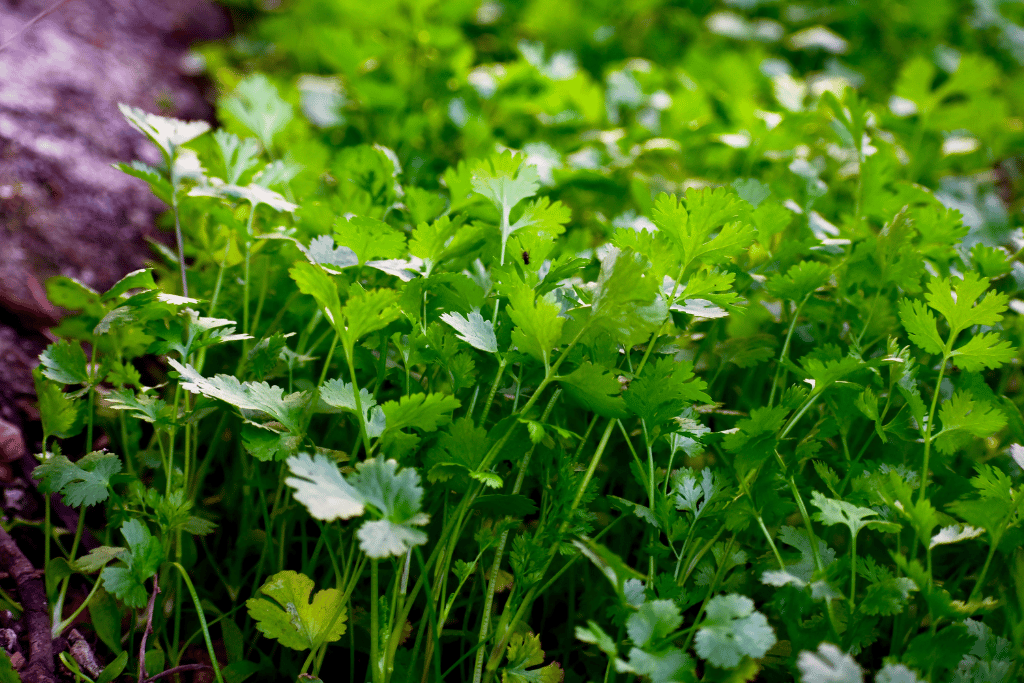
What would happen if you stopped grooming yourself? You’d look untidy and eventually become sick as well, No? The same goes for your lawn! It needs regular nourishment in the form of fertilizer to stay healthy and lush green. However, it’s essential to know when is the best time to fertilize your lawn for optimal results.
Maintaining a beautiful lawn year-round requires more than just watering and mowing. Fertilizing at the right time can make all the difference in achieving that perfect green lawn of your dreams.
To help you in this regard, I’ll be sharing helpful insights on when is the best time to fertilize your lawn and why timing is crucial for a healthy yard.
The Fertilizer Trio
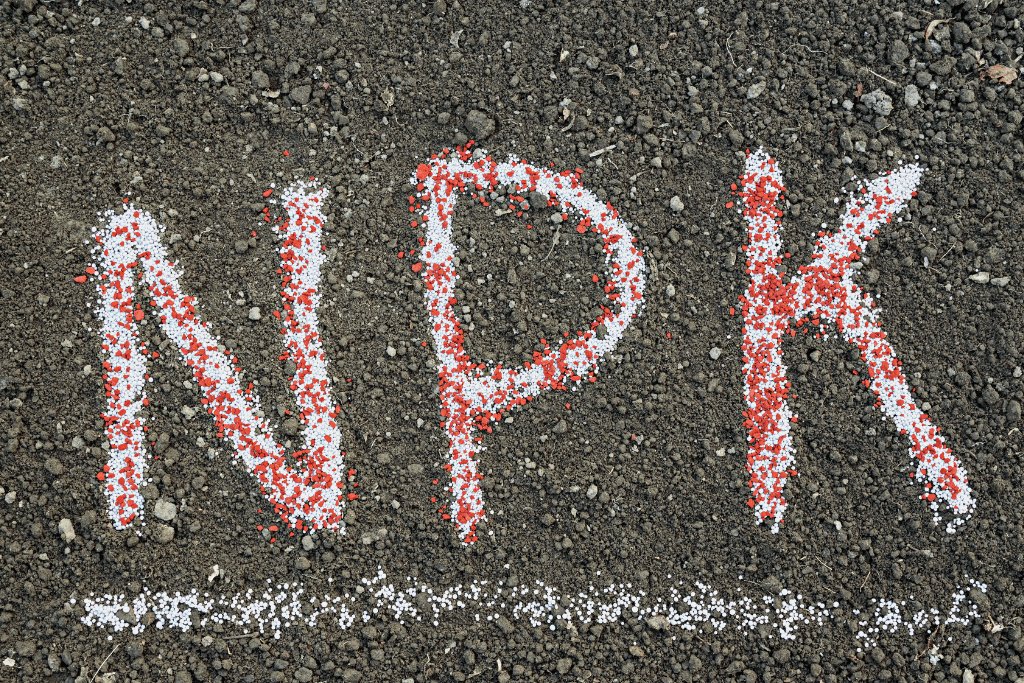
Fertilizers are like a hearty meal for your lawn, providing the essential nutrients it needs to thrive. The three primary nutrients in fertilizers are nitrogen (N), phosphorus (P), and potassium (K). These nutrients help your grass grow, develop strong roots, and resist diseases.
Nitrogen (N): Nitrogen is crucial for promoting the healthy green color and vigorous growth of your grass. It plays a central role in the formation of chlorophyll, which is essential for photosynthesis – the process by which plants convert sunlight into energy. Adequate nitrogen levels result in lush, green grass.
Phosphorus (P): Phosphorus is essential for root development and overall plant energy transfer. If you wish to convert nutrients into usable energy for the grass, using a phosphorus-rich fertilizer is a must.
A sufficient phosphorus supply helps establish strong and deep root systems, which are vital for the lawn’s long-term health and resilience.
Potassium (K): Potassium contributes to the overall strength and vigor of the grass. It helps with disease resistance, drought tolerance, and overall stress resilience. Moreover, it is also crucial for maintaining the lawn’s well-being, especially during adverse conditions.
So – When is The Best Time to Fertilize Your Lawn?
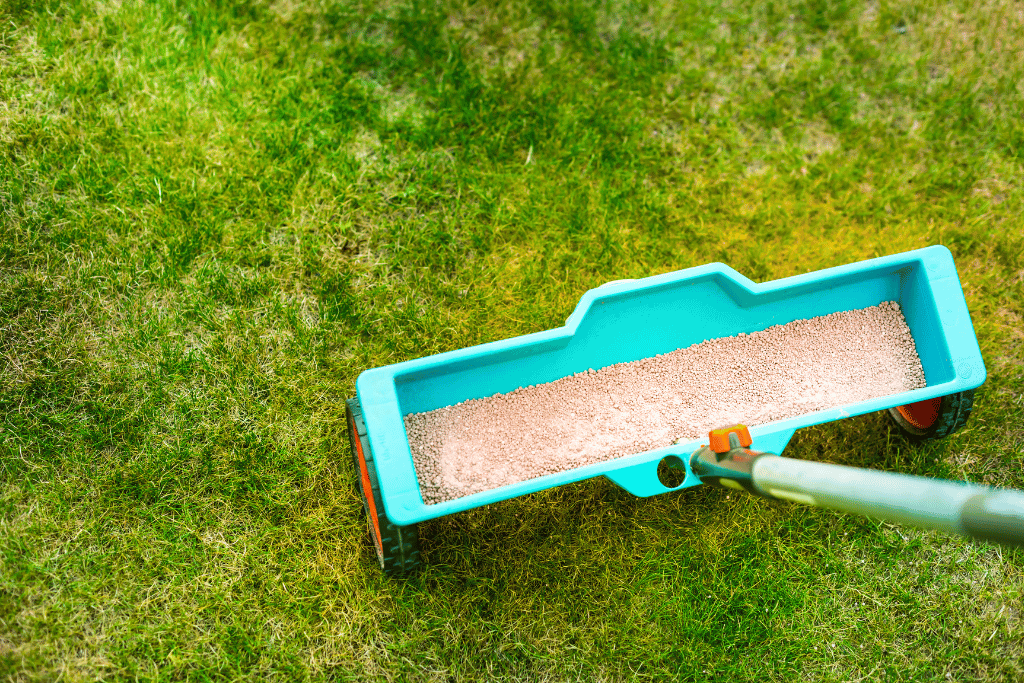
Recommended Time – Early Spring
Spring is a time of renewal in nature, and it’s also the best time to start thinking about your lawn’s health. When the winter chill starts to fade away, and the ground thaws, that’s the signal for you to consider fertilizing.
I remember one early spring morning when I decided to give my lawn a fresh start. It had been a long, cold winter, and my grass needed some love. So, I grabbed my trusty fretilizer spreader and the bag of fertilizer, and I could almost feel my lawn thanking me in advance.
The key to fertilizing in the spring is to do it early, typically around April or May. This timing coincides with when your grass is actively growing again. The best spring fertilizer provides the much-needed nutrients for your lawn to recover from the winter dormancy and start growing vigorously. It helps to kickstart the growth process, resulting in a vibrant and healthy lawn.
Remember, the exact timing may vary depending on your location and the specific grass type in your lawn. Consult a local gardening expert or your local cooperative extension office if you still can’t determine when is the best time to fertilize your lawn due to the weather anomalies in your region.
Here’s a complete guide on which is the best fertilizer for spring. Give it a read!
Can You Fertilize Your Lawn In Fall?
While spring gets all the glory for lawn care, the fall is often overlooked, but it’s actually not that bad to fertilize your lawn in fall. As the temperature starts to drop and the days get shorter, your grass is still working hard beneath the surface.
When I was a novice at gardening, I had no clue about when should I fertilize my lawn! I remember a particular autumn when I decided to give my lawn a late-season boost. It had been a hot and challenging summer, and I wanted to ensure my grass was prepared for the colder months ahead.
I believe that fall is the second best time to fertilize your lawn, usually in September or October. During this period, your grass is focusing on root growth rather than top growth.
Fertilizing in the fall strengthens the root system, helping your lawn better withstand the winter’s chill and be ready to flourish come spring.
Using a good fall fertilizer will help your grass recover from summer stress, including heat, drought, and foot traffic. It’s like giving your lawn a fuller meal before it takes its winter nap, ensuring it wakes up in the spring with energy to spare.
Read this informational guide and learn about the best fertilizer for fall.
A Balanced Approach – Spring And Fall Fertilization

The timing of lawn fertilization is critical, but it’s not just about when to fertilize; it’s also about what to use. I’ve learned that using the right type of fertilizer is equally essential.
In general, you’ll come across two main types of fertilizers: quick-release and slow-release. Quick-release fertilizers provide a rapid nutrient boost, while slow-release fertilizers release nutrients gradually over time.
For spring fertilization, I often opt for a balanced fertilizer with a moderate amount of nitrogen. It provides an initial growth boost while not overloading the grass with excessive nutrients. A balanced NPK (nitrogen, phosphorus, and potassium) ratio like 20-5-10 is a good choice.
In the fall, I prefer a fertilizer with less nitrogen and a higher phosphorus content. Phosphorus promotes root development, which is precisely what your lawn needs during this season. A fertilizer with a 10-20-10 NPK ratio works well for fall application.
Remember, though, the best fertilizer for your lawn may vary depending on your soil type and grass species. A soil test can help you determine your lawn’s specific needs and guide you in choosing the right fertilizer.
The Importance of Soil Testing Before Fertilization

Soil testing is like visiting a doctor for a check-up. It provides crucial insights into your lawn’s health and helps you make informed decisions about when should you fertilize your lawn and how.
I vividly recall the first time I decided to get a soil test for my lawn. It was a bit of a hassle, but the results were eye-opening. The test revealed that my soil was lacking in essential nutrients, particularly phosphorus. Armed with this knowledge, I could tailor my fertilization schedule to address these specific deficiencies.
If you’re wondering when to fertilize your lawn, it’s essential to understand your soil’s nutrient content and pH levels.
A soil test will tell you what nutrients are lacking or in excess, allowing you to make precise adjustments in your fertilization plan.
You can usually get a soil test kit from your local gardening center or cooperative extension office. Follow the instructions carefully and send the samples to a soil testing lab. Once you receive the results, you’ll have a clear picture of your lawn’s nutritional needs.
Evaluating Different Types of Grass
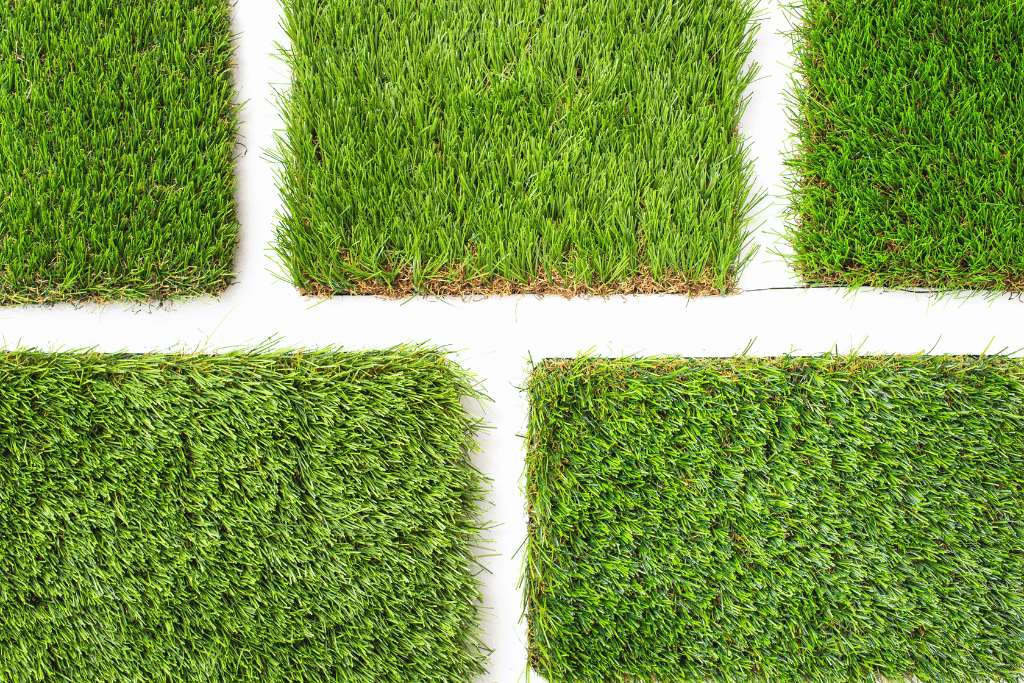
Different grass species have varying growth patterns and nutritional requirements. Understanding the types of grass in your lawn is crucial when determining when to fertilize and which fertilizer to use.
In my own yard, I’ve had both cool-season and warm-season grasses over the years. Each type requires a slightly different approach.
Cool-Season Grasses:
These grasses, like Kentucky bluegrass and fescue, thrive in cooler temperatures and have two periods of active growth – spring and fall. For cool-season grasses, the best times to fertilize are in early spring and late summer or early fall. This approach ensures your lawn gets the nutrients it needs during its prime growing seasons.
Warm-Season Grasses:
Varieties like Bermuda grass and Zoysia prefer warmer weather and have a more extended growing season. For warm-season grasses, it’s best to fertilize in late spring, once they’ve started growing again, and during the summer. Be cautious not to apply fertilizer too late in the summer, as it can encourage excessive growth when the grass should be slowing down for the year.
When to Fertilize Grass?
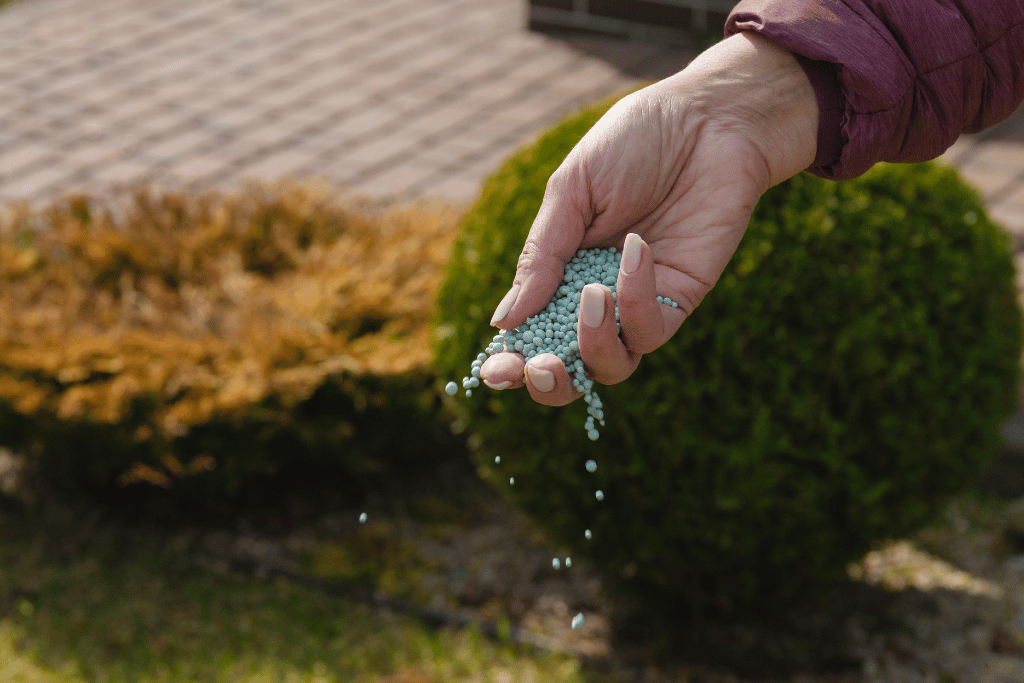
- Choose the Right Time of Day: For the most effective results, it’s best to fertilize your lawn during the morning or evening when temperatures are cooler. This helps minimize stress on the grass and allows for better nutrient absorption.
- Avoid Extreme Weather Conditions: It’s essential to steer clear of fertilizing during extreme weather conditions. Whether it’s scorching heat or freezing cold, extreme weather can hinder the effectiveness of the fertilizer and potentially harm your grass. Opt for milder, more stable weather.
- Patience with New Lawns: If you’re dealing with a newly seeded lawn, exercise patience. Wait until the grass has been mowed at least three times before applying any fertilizer. This period allows the grass to establish its root system and ensures that it’s ready to receive nutrients without stress.
- Respect Dormant Lawns: Never fertilize dormant lawns. During dormancy, grass is in a state of rest and doesn’t require additional nutrients. Fertilizing during this period is not only wasteful but can also have negative effects on the grass.
When To Put Fertilizer On Lawn During The Rainy Season?
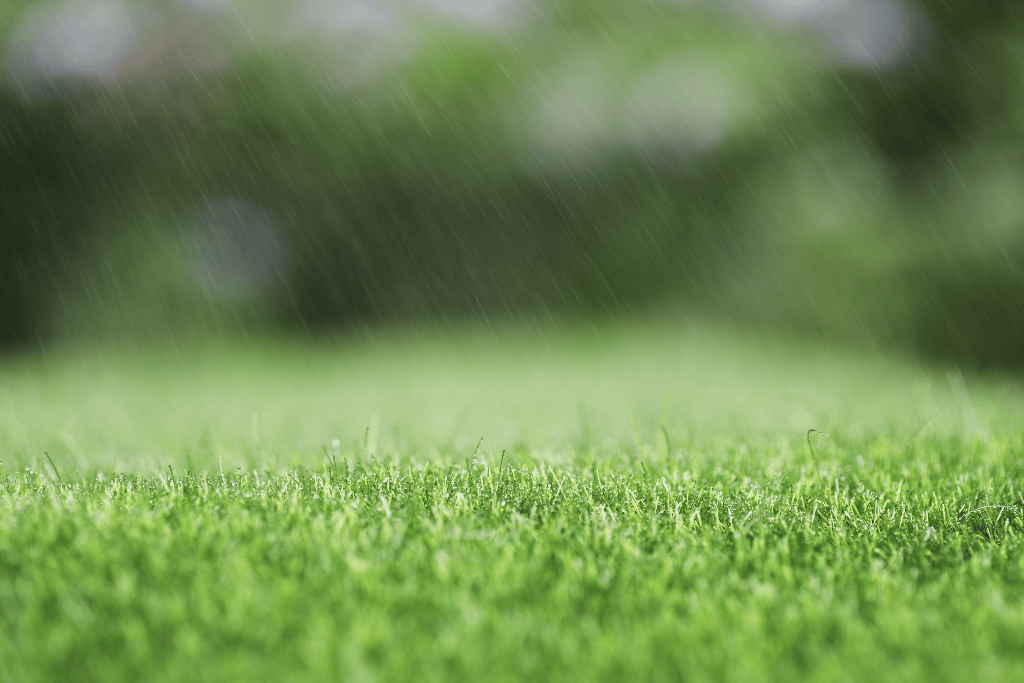
Fertilizing your lawn during a rainy season can be advantageous, as rain helps distribute and activate the fertilizer. However, it’s essential to take some precautions:
- Ideally, you should apply fertilizer before a light or steady rain is expected. This allows the rain to wash the fertilizer into the soil without excessive runoff.
- Try to avoid fertilizing immediately before or during heavy rain, as it can lead to runoff, which wastes fertilizer and may harm the environment.
- Consider using a controlled-release or slow-release fertilizer. These types gradually release nutrients, reducing the risk of over-fertilization during rainy periods.
- Keep an eye on the weather forecast to time your application when a moderate and steady rain is expected. This can be more effective in getting the fertilizer to penetrate the soil.
The Role of Weather in Determining When is the Best Time to Fertilize Your Lawn
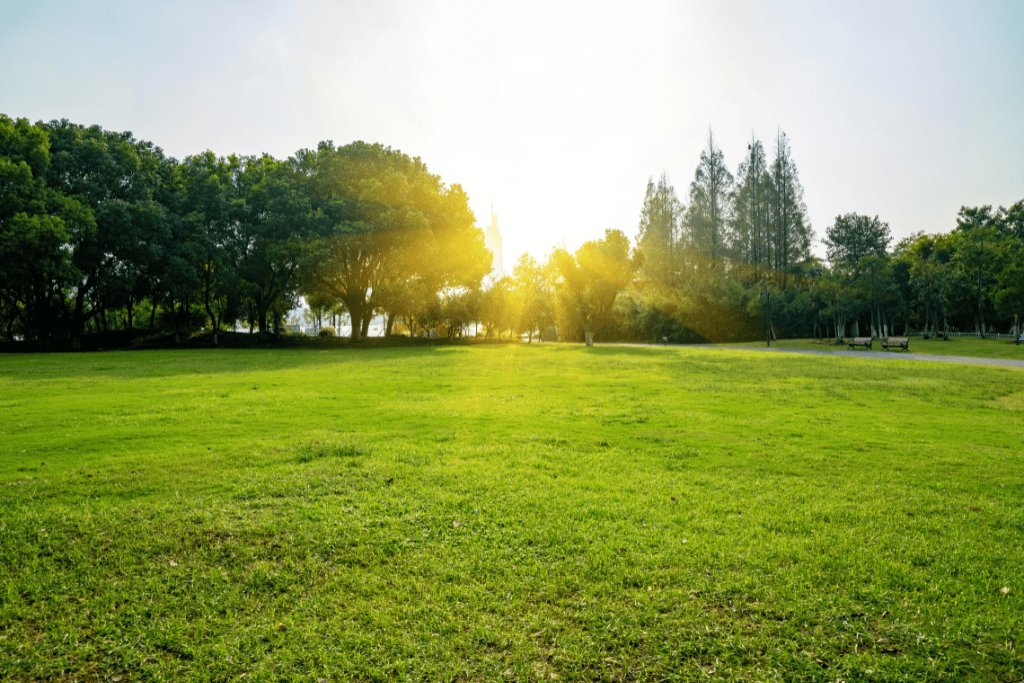
The weather plays a significant role in your lawn’s health and, consequently, gives you an idea about when to fertilize lawn. As I’ve experienced over the years, you need to pay attention to weather conditions when planning your lawn care schedule.
Rain:
A good rain can be a fertilizer’s best friend. If you’ve applied fertilizer and a nice rain shower is in the forecast, your grass will benefit from a gentle, natural watering. This helps the nutrients penetrate the soil and get to the root zone more effectively.
Drought:
On the flip side, if you’re experiencing a drought, it’s best to hold off on fertilizing. Fertilizing during a drought can lead to nutrient burn and damage to your grass. It’s essential to ensure that your lawn has enough moisture in the soil before applying any fertilizer.
Extreme Heat:
Fertilizing during a heatwave is not advisable. High temperatures can stress your lawn, and adding fertilizer can exacerbate the situation. If the weather is sweltering, it’s better to postpone fertilization until the weather cools down a bit.
Extreme Cold:
As the winter approaches, it’s crucial to stop fertilizing a few weeks before the first frost. Fertilizing too late can encourage new growth that won’t have time to harden off before winter, making your grass more susceptible to cold damage.
Timing and Temperature:
Pay attention to the timing of your fertilization, not just based on the season, but also on the temperature. Fertilizing when the weather is moderate, neither too hot nor too cold, is ideal. Extreme temperatures can stress your grass, affecting its ability to absorb and use the nutrients efficiently.
Remember – Mowing And Fertilization Go Hand In Hand

While we’re discussing the best times to fertilize your lawn, it’s also essential to consider your mowing routine. The way you mow can influence when you should apply fertilizer.
I’ve often found that the height at which I mow my grass affects the timing of fertilization. Here’s how:
Mowing Height:
It’s generally a good practice to mow your lawn at the recommended height for your specific grass type. Mowing too low can stress the grass, making it more susceptible to diseases and drought. When you mow at the proper height, your grass can absorb nutrients more effectively, so it’s in its best shape to utilize the fertilizer.
Mowing Frequency:
The frequency of your mowing can also affect fertilization timing. Frequent mowing, especially during the growing season, can remove grass clippings, which are a natural source of nutrients for your lawn. When you mow regularly, you might need to fertilize more often to compensate for the loss of these nutrients.
Post-Mowing Fertilization:
After mowing, it’s an excellent time to apply fertilizer. The grass is already in a stressed state from mowing, so providing nutrients immediately after can help it recover faster and grow stronger. Just make sure to water the lawn lightly after fertilizing to help the nutrients reach the soil.
Adapting to Regional Differences

The best time to fertilize your lawn can vary based on your geographical location too. Different regions experience distinct weather patterns, which in turn influence the most suitable times for fertilization.
- Northern Regions: If you live in the northern part of the United States, where cool-season grasses are prevalent, spring and fall are your primary fertilization windows. The cold winters and warm summers make these seasons the most conducive for grass growth.
- Southern Regions: In the southern states, warm-season grasses dominate. Here, the primary growing season is during the hot summer months. Fertilizing in late spring and early summer is key, but avoid late-summer or early-fall fertilization, as it can lead to excessive growth before the grass starts to go dormant.
- Transition Zone: The transition zone, which includes areas from the southern United States up to the northern region, can be a bit tricky. It’s often best to use a combination approach, with fertilization in both spring and fall. This approach accommodates a wide range of grass types and growth patterns.
The Importance of Consistency
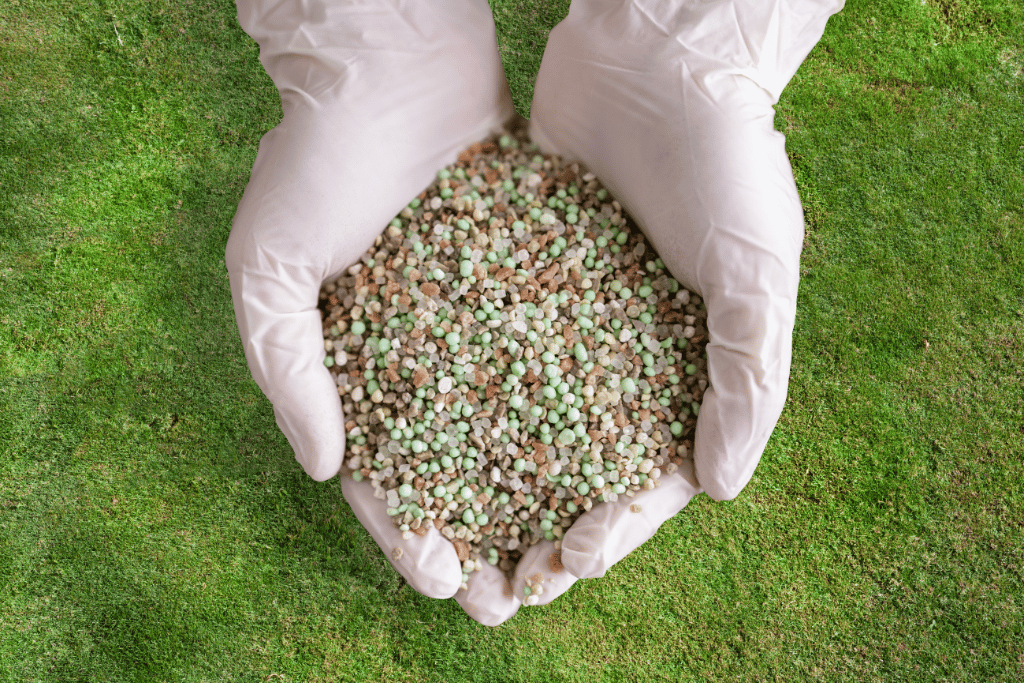
Consistency is key when it comes to lawn care. You can’t just fertilize once and expect your lawn to thrive indefinitely. Regular and well-timed fertilization is crucial to maintaining a healthy and beautiful lawn.
It’s a bit like taking care of your own health. Going for a run once won’t make you fit, and eating a single healthy meal won’t keep you nourished for life. Similarly, consistent lawn care, including regular fertilization, is essential for long-term success.
I’ve developed a schedule that I follow each year to ensure I’m consistently providing my lawn with the nutrients it needs. Here’s a simple annual plan:
Early Spring (April-May): Apply a balanced fertilizer with a moderate amount of nitrogen to kickstart spring growth. Make sure the grass is actively growing before you fertilize.
Late Spring (May-June): If you have warm-season grasses, you can do a second round of fertilization in late spring, as they’ll be actively growing by this time.
Summer (June-August): Avoid fertilizing during the peak of summer, especially in hot regions, as it can stress your grass. Instead, focus on proper watering and pest control.
Early Fall (September-October): For cool-season grasses, this is the best time for your fall fertilization. For warm-season grasses, late spring should suffice.
Late Fall (November): As the season winds down, you can apply a winterizing fertilizer to help your grass endure the cold months. This is particularly important in regions with harsh winters.
Consistency in your fertilization schedule ensures your lawn receives the right nutrients at the right times, promoting steady growth and overall health.
The Final Word
So you see, the question of when is the best time to fertilize your lawn, has a multi-faceted answer. The timing depends on several factors, including the season, grass type, local climate, and weather conditions.
As I’ve learned over the years, the key times to fertilize your lawn are early spring and late fall, with adjustments based on your grass type and regional climate.
If you’re ever in doubt about when to fertilize, remember the lessons I’ve shared in this article. Just like nurturing any living thing, your lawn thrives when you provide it with the right care at the right time. Happy fertilizing, and may your lawn be the envy of the neighborhood!


